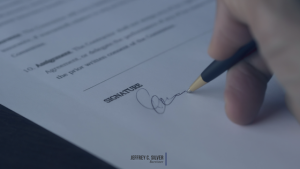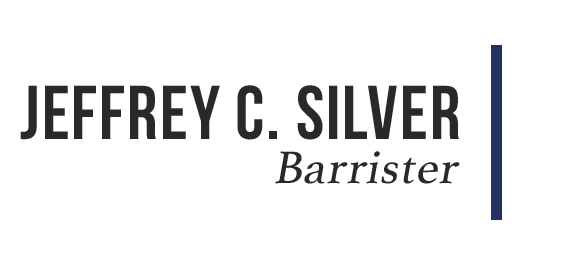
A Non-Disclosure Agreement [NDA] protects you and your confidential information. Let’s go back to your childhood years; you had a big secret and you decided to tell your friend. Turns out, your friend told everyone and you were embarrassed and upset that your information was out there. This is what an NDA is meant to prevent. For a business, a breach of confidential information such as technological or other valuable information can prove catastrophic.
What is an NDA?
A Non-Disclosure Agreement is a legally enforceable contract that creates a confidential relationship between the owner of certain information and the person(s) that information is disclosed to. It ensures that the recipient of the information will not share, sell, replicate, reverse engineer or otherwise release the information in any manner to another party.
A business can have its employees sign an NDA to protect sensitive information. A business may also use an NDA where confidential information has to be disclosed, for example, to its consultants, suppliers or potential investors.
What’s Included?
An NDA generally includes these important elements:
- Definition of Confidential Information: This forms the boundaries of the agreement, lists the categories of confidential information to be protected and details what the recipient is obligated to protect.
- Exclusions: This informs the recipient of what information they are not obligated to protect.
- Time Periods: The time period stipulates how long the recipient of the information is obligated to protect the information and not disclose it. It may be prudent for various reasons, however, not to have an expiry date.
- Geographic Boundary: This specifies where geographically the agreement applies, for example, whether just in Canada or throughout North America or even worldwide.
How to Draft an NDA
If you require an NDA, contact me at Jeffrey C. Silver to ensure you are adequately protected. We will gladly help you!
